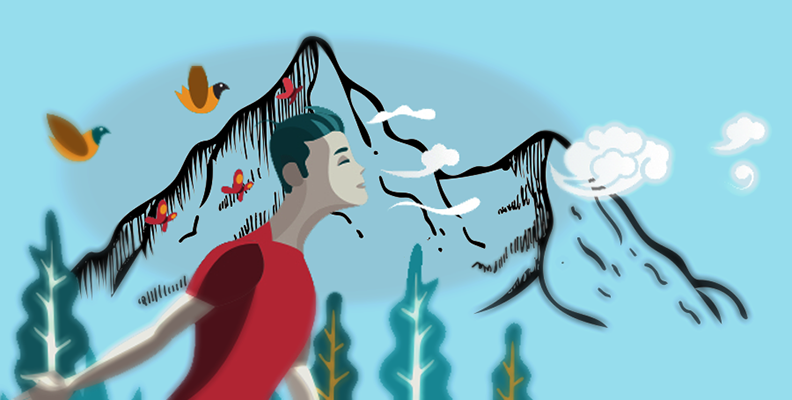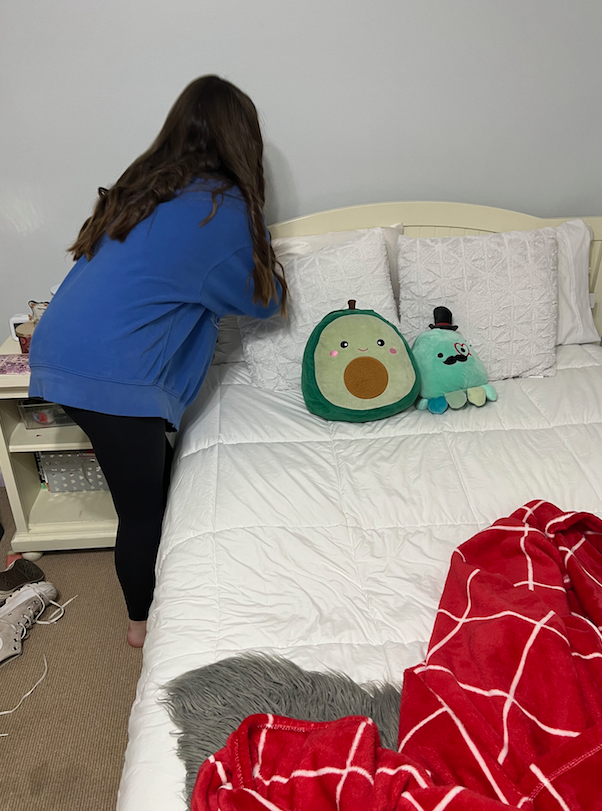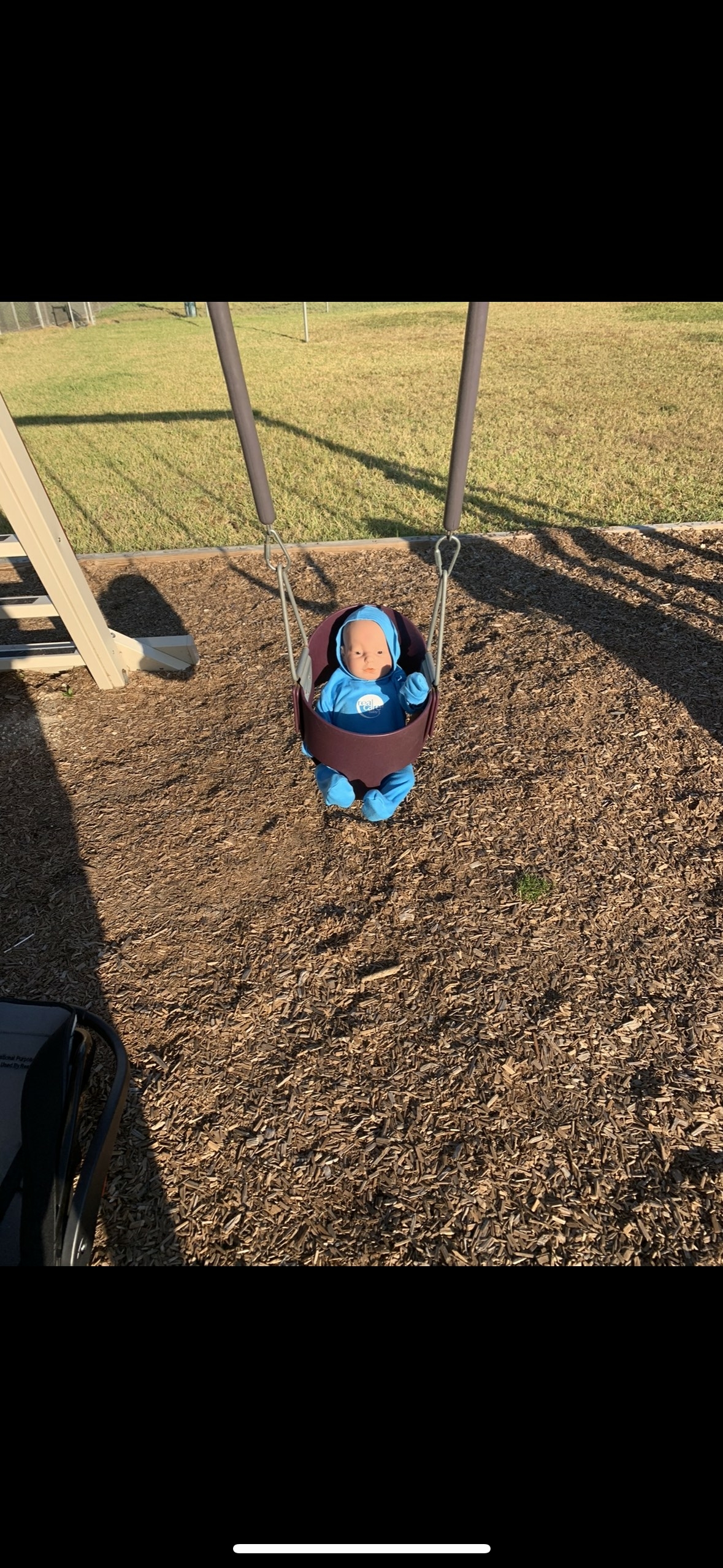By Mason Peters
1.8 million years ago, homo erectus arose from the eccentric sequence of evolution. These specimens were recorded to be the first upright walking “humans” to roam the planet. A quick shave, along with an equipped Burberry suit and it would be hard to tell the difference between these humans and what we look like today. Except, fossil records portray an in-depth display of homo erectus’s face and bodies. Most significantly, their noses had wide nostrils and gaping airways allowing oxygen to flow fluently through the respiratory system. Bacteria and other germs were not as likely to cause problems which can clog important anatomy such as the pharynx. Today, the human respiratory system is prone to diseases and conditions that were never an issue for early humans: Sleep apnea, asthma, tuberculosis, and lung disease.
To further understand the function of breathing, we must travel back in time. 1.5 million years ago, the pathways through which air circulated began to shift. This shift would later affect the breathing of every person on the planet. At the time, fossil records proved early humans had larger airways and nasal apertures. They all had enormous forward-facing jaws and broad mouths. Crazy enough, they all had straight teeth regardless of never visiting a dentist. (Today, humans have misaligned jaws, overbites, underbites, and even snaggle teeth.) These characteristics created wider airways which is why it is likely that humans never snored or had sleep apnea. They did not because they could not. These features were shared among all ancient humans until homo sapiens first appeared 300,000 years ago. As homo sapiens began to roam earth, they would consume raw meat in order to have a form of energy. They then used this extra energy to grow a larger brain. The discovery of grilling food generated even more energy(calories.) We began to grow an even bigger brain which is now 50 percent larger than those of our ancient ancestors. The growing brain needed space to grow, and it took it from the front of our faces, home to sinuses, airways, and the mouth. Exponentially, face muscles loosened, and bones in the jaw shrunk and grew thinner. The face shrunk and the mouth became smaller. Thus, the protruding nose. Noses became less efficient at filtering air exposing humans to more pathogens and bacteria. Smaller mouths meant reduced space in our throats which lowered the larynx. Due to this change, humans became the first animals susceptible to choking. All this recessed growth would, much later, make humans prone to choke on our own bodies when we slept: to snore.
Among the many practices that have been created to test breathing patterns, meditation is considered the number one “practice” because it takes hours of training to reconstruct breathing patterns. Anything from working out, eating healthy, sleeping, and even reading all comes down to the way of the breath. Nothing truly matters unless the breath is intact with the body and mind. Let’s consider free diving as an example of another “practice”. Divers must condition their lungs to withstand minutes without oxygen in order to conserve the oxygen in their blood stream. This could be anywhere from two-ten minutes without a gasp of air. The brain controls breathing function allowing unconscious action to take place. It is actually one of the very few things people think about during the day. Nonetheless, divers must shift their frequency of mind to believe that there is plenty of oxygen when, in reality, there isn’t. They must also expand the capacity of their lungs so that every blood cell is pulsing with oxygen before having to release to take another breath. That is why divers must train their mind and lungs to handle intense situations if something were to go sideways. Scientists can guarantee that free divers sleep better than the average human because their breathing is correlated to the way humans used to breath millions of years ago.





